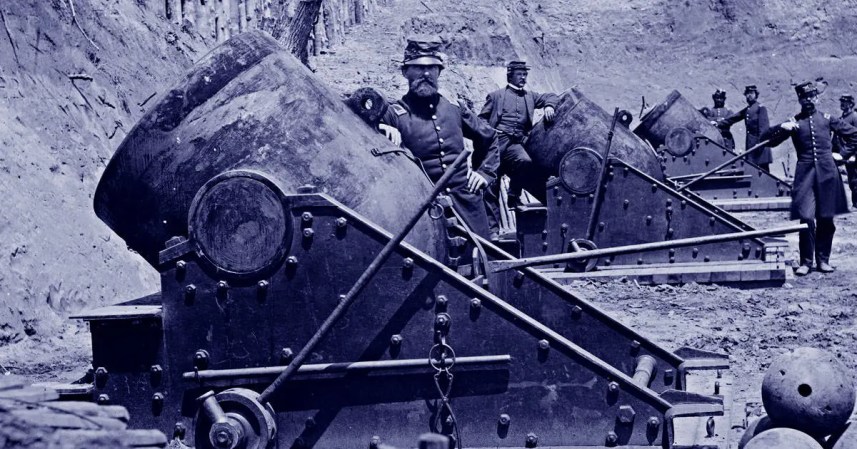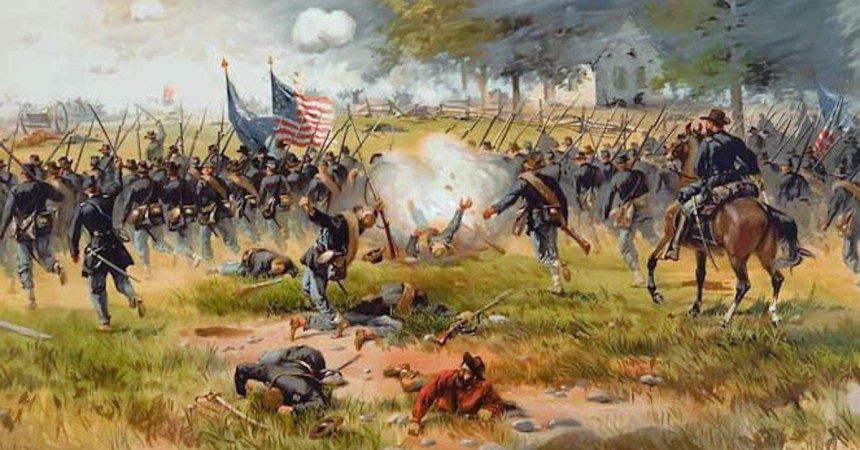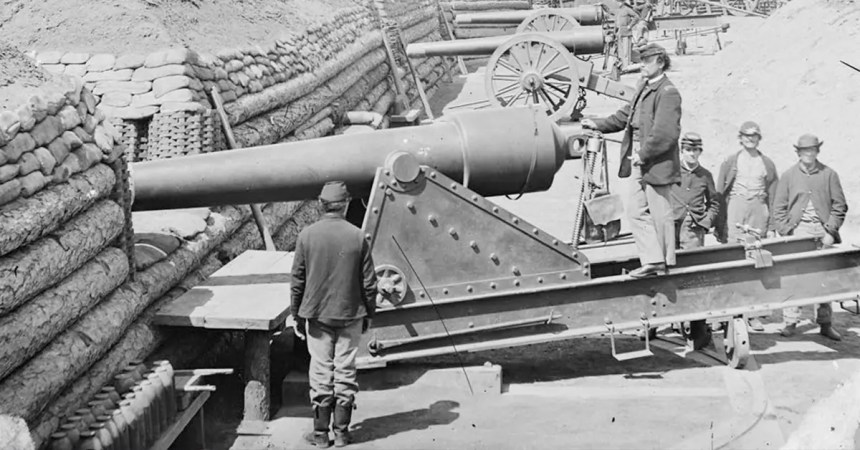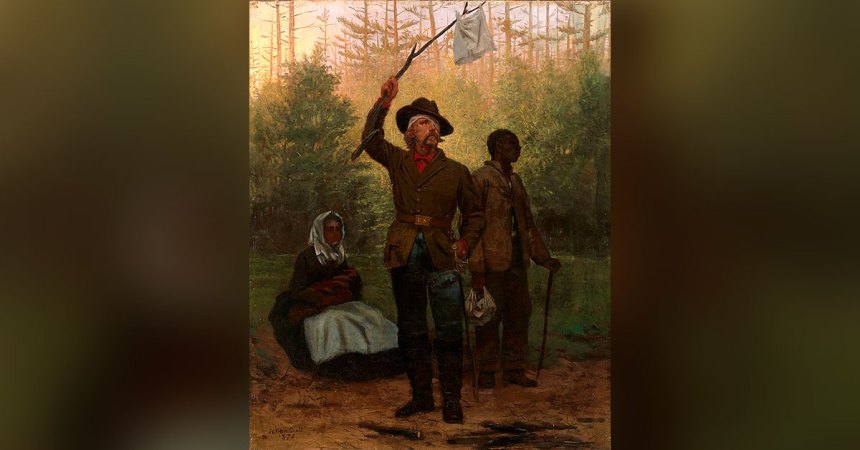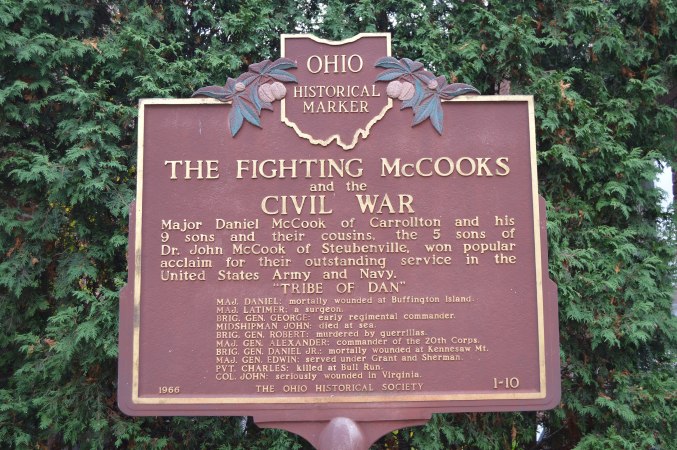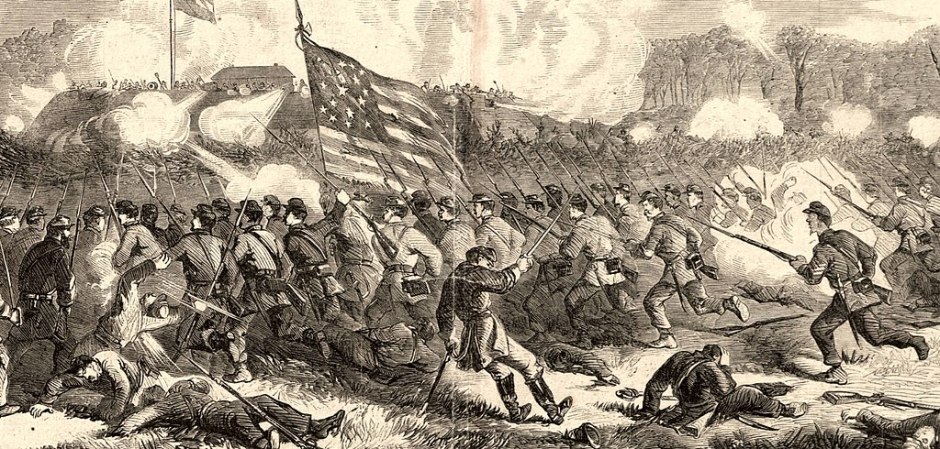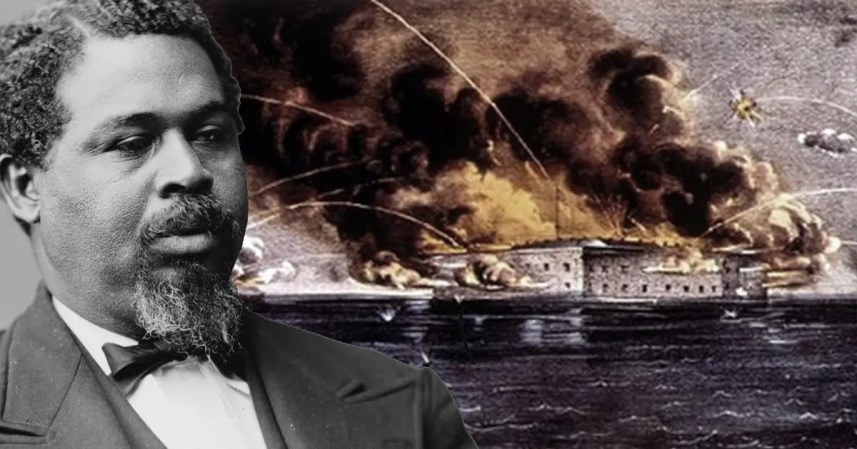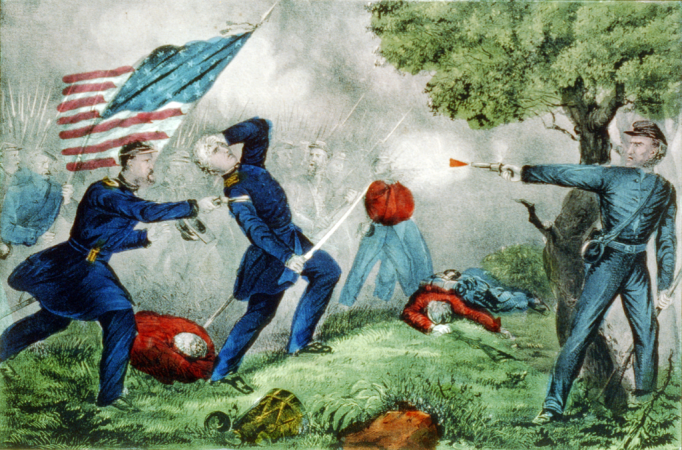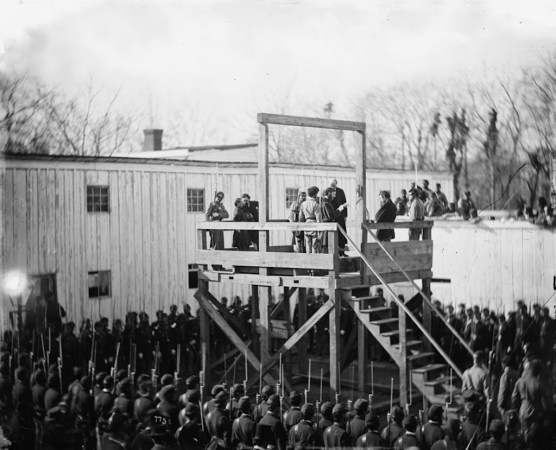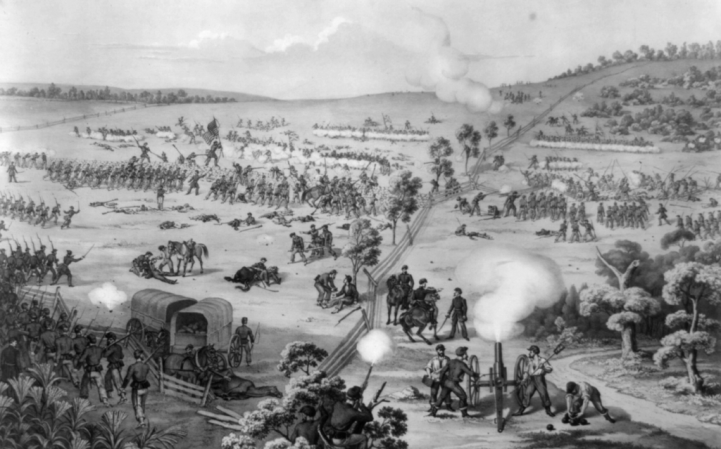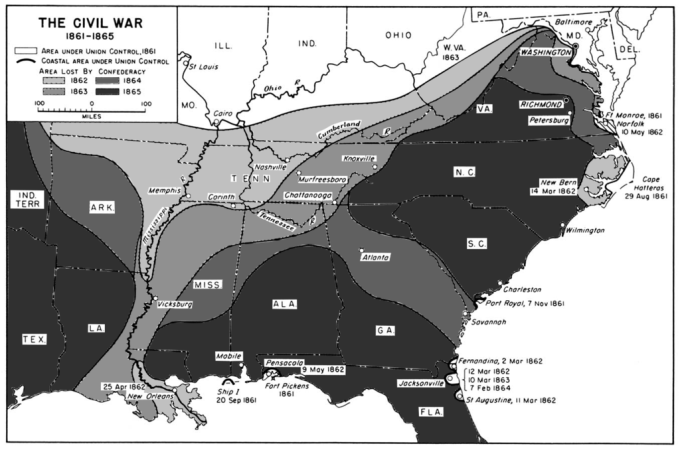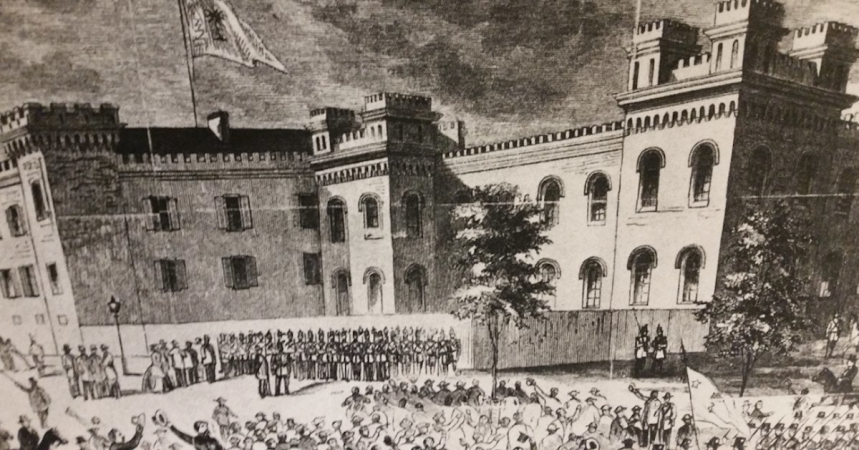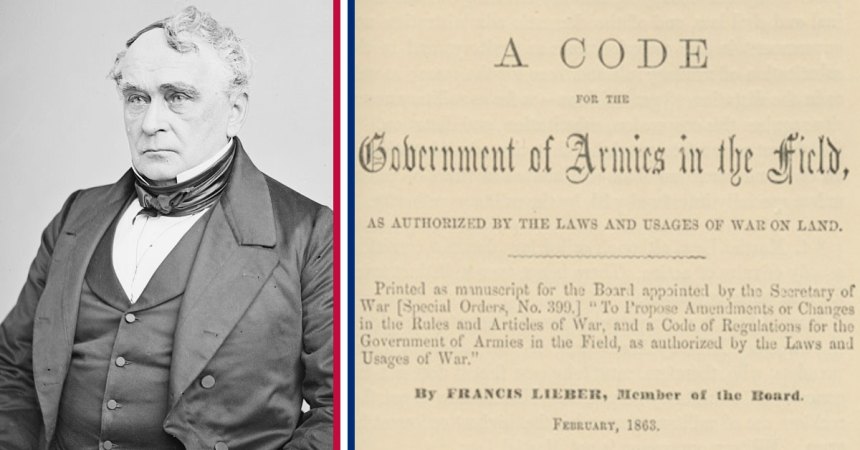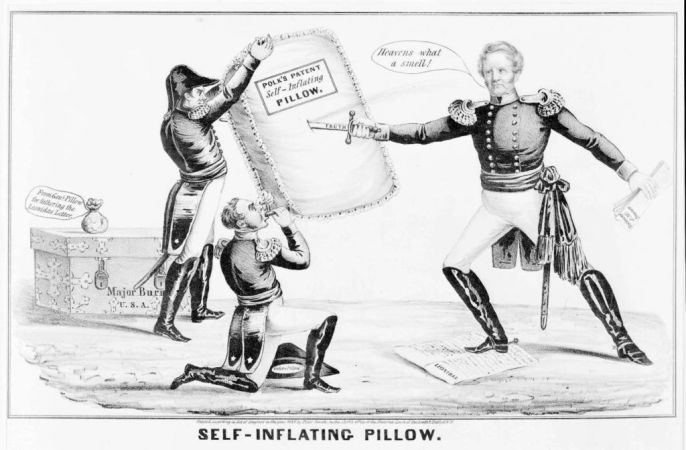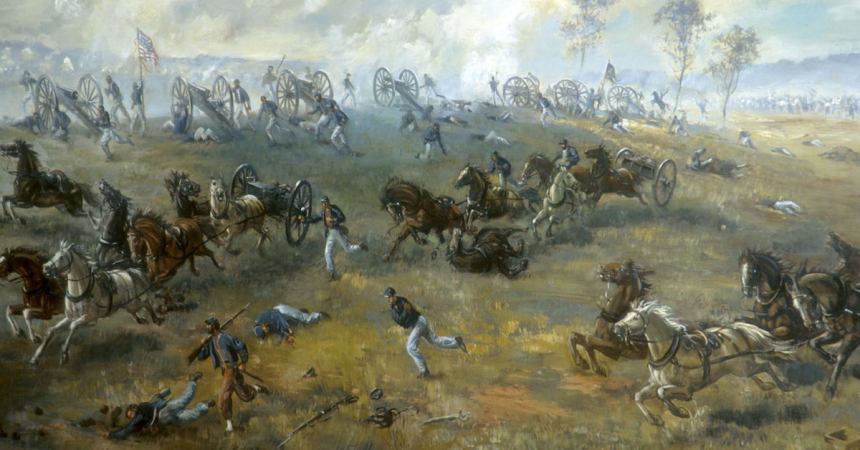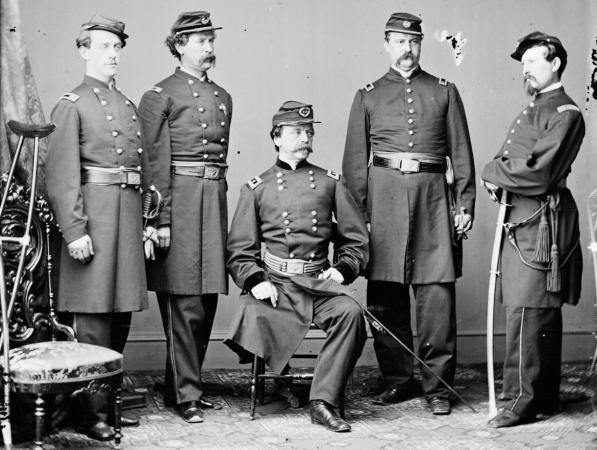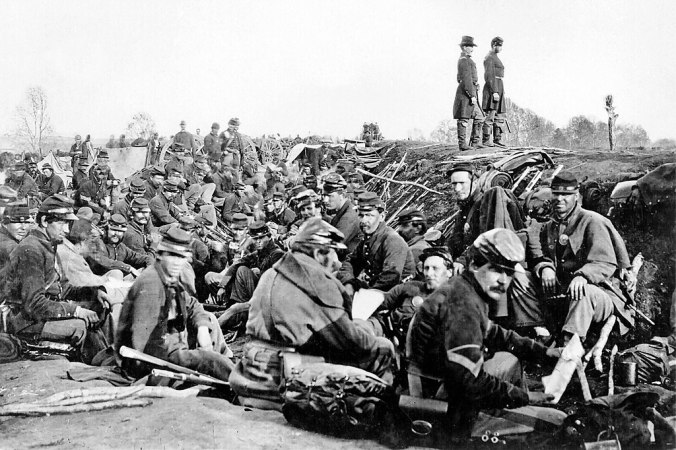On Dec. 20, 1860, the state of South Carolina seceded from the Union, leaving military personnel stationed there in a state of confusion. What belonged to the United States, what belonged to South Carolina, and who was going to be loyal to which side was all unclear. On Apr. 12, 1861, after a long siege, South Carolina Militia commander P.G.T. Beauregard fired the opening salvo of a barrage of cannon fire that would last 34 hours.
In return, Federal Captain Abner Doubleday ordered his men to fire on the South Carolinians. The exchange sparked four years of bloody Civil War in the United States — but not a single man died in combat that day.
When the state seceded, there were actually only two companies of federal U.S. troops in South Carolina. The decision for who would be loyal to who actually turned out to be fairly simple. The rest of the American troops defending South Carolina were actually state militiamen. That’s who Beauregard manned on Charleston’s 19 coastal defense batteries.
But the Federals weren’t actually stationed at Fort Sumter, they were land bound on nearby Fort Moultrie. It was only after the base commander Maj. Robert Anderson feared an attack from state militia via land that the Federals were moved into Charleston Harbor and the protection of Fort Sumter.
Anderson was right. South Carolina state forces began to seize federal buildings, arms, and fortifications almost immediately, and Fort Moultrie was among those buildings. That left the garrison at Fort Sumter as the sole remaining federal possession in South Carolina. And the Carolinians demanded their surrender. Some 3,000 rebel troops laid siege to the base and, by the time of Lincoln’s inauguration, it was one of the last remaining federal holdouts in the entire south.

President Lincoln announced in March, 1861, he would send three ships to resupply and relieve Fort Sumter, so the pressure on Beauregard to take the fort soon increased. On Apr. 11, Beauregard demanded the fort’s surrender and warned he would fire on the fort if the Federals did not comply. They didn’t. That’s when Beauregard fired a punishing barrage at the defenders.
Rebels poured 3,000 cannon shots into the fort over the next 34 hours. The Federals didn’t just take it, they returned fire with everything they had, literally. The U.S. troops were running low on powder and ammunition by mid-afternoon the next day. With their walls crumbling and the fort burning around them, Maj. Anderson reluctantly ordered Fort Sumter’s surrender.
Amazingly, no one was killed in the exchange on either side.
When the time came to lower the Stars and Stripes, Federal troops — soon to be known as Union troops — gave the flag a 100-gun salute as it came down on Apr. 14. But an accidental discharge from one of the fort’s cannons caused an explosion that killed Pvt. Daniel Hough of the 1st U.S. Artillery, the first death of hundreds of thousands to come.
In the days that followed, Virginia, North Carolina, and Tennessee also seceded from the Union and both sides of the conflict began to mobilize for the next meeting, which would come on July, 1861, in Manassas, Virginia.




